Design Sprints
1. The Challenge
Proactively addressing financial regulatory changes
As global financial regulations underwent frequent changes, our client, a leading professional services firm, recognised an opportunity to address challenges faced by financial services organisations in ensuring accurate and up-to-date prudential reporting. To go above and beyond, they sought to build a dedicated capital adequacy and liquidity management application, requiring accurate reporting and user-friendly dashboards.
2. The Solution
A dynamic design sprint approach for optimal efficiency
Cloud Drift’s approach to the design sprint project deviated from the conventional 5-day sprint model. Recognising the challenges of maintaining focus during extended workshops, we applied a dynamic mixture of approaches. The team, experienced in the by-the-book approach, blended methodologies, adjusting them to the specific case for maximum efficiency.
The project kicked off with short 1-2 hour sessions to ensure alignment and a deep understanding of the context and vision. This foundational understanding allowed us later to make tactical decisions independently, reducing the need for constant client consultations. Transitioning to a rhythm of 1-2 hour workshops every two or three days, interspersed with offline work, we introduced deliverables in an agenda framework.

Each session involved presenting deliverables, gathering immediate feedback, and implementing suggestions before the next meeting. This iterative process seamlessly progressed through defining product personas, crafting user journeys, and selecting scenarios for the prototype.
Experienced visual designers took it from there in order to transform the scenarios into an interactive prototype, which could then be presented to investors and potential clients. Alongside this, we provided a detailed product backlog and development effort estimates, enabling the client to plan further development strategically.
3. The Results
Efficient planning, development, and enhanced product alignment
The approach ensured a more harmonious alignment between the client’s strategy, value proposition, and the actual features of the product. The client was amazed by how much product design work can be done with so little involvement and time commitment from their side. The interactive prototype proved invaluable during further conversations with investors and clients – it simply brought the vision to life. Once the development started, the detailed backlog allowed efficient financial planning for the product delivery and a very efficient development process from day one, limiting the risk of creating knowledge gaps.
Final thoughts and key achievements
- The workshops clarified and solidified the product vision for effective product design process.
- A customised agenda of short sessions in optimal intervals allowed for keeping client focus and process efficiency.
- The team maintained alignment between the client’s strategy, value proposition, and the actual product features.
- A tangible, interactive prototype enabled stakeholders run effective presentations.
- The detailed product architecture, backlog and development effort estimates informed budget planning and set the development team for success.



